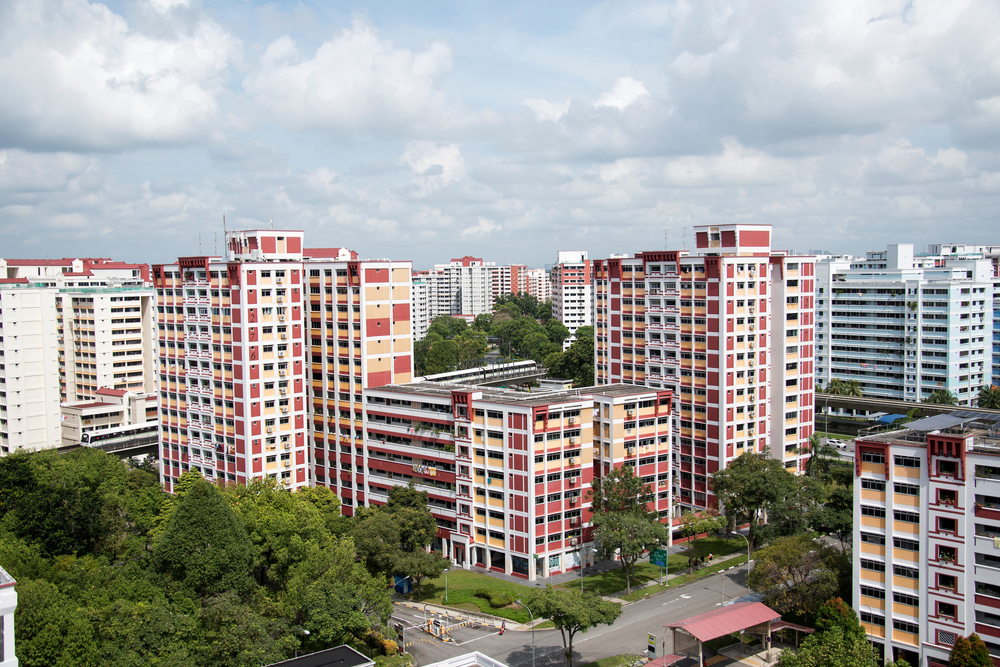Co-living spaces become preferred alternatives to private housing in Singapore
Currently, co-living operators are able to provide better rates because they are more fixed and cost pressures are evenly spread

Occupancy rates in Singapore are above 95 percent because there is an influx of demand for co-living spaces, according to CNA. The demand is driven by locals seeking temporary accommodation while waiting for their new homes to be completed and foreigners returning to the Lion City for work.
Heartland districts have seen record-breaking increases in rental costs of Housing and Development Board (HDB) flats. For private housing, some have expressed dissatisfaction about rental costs that have gone up as much as 70 percent.
“This is a trend that we don’t see (just) for co-living, it’s actually across the industry. So we actually did increase the rates to be aligned with the market,” said Genevieve Khua, area manager of Lyf. Rent will increase by 20 to 25 percent, according to the co-living provider.
Currently, co-living operators are able to provide better rates because they are more fixed and cost pressures are evenly spread. Moreover, these have company policies on room rates, whereas landlords each have their own expectations and requirements.
Meanwhile, JLL reports that hotels are gradually being turned into co-living spaces and are geared towards those looking for cheaper alternatives residential conversions and high rental growth potential.
More: Singapore’s office & hospitality sectors recover in Q2 2022
The LHN Group in Singapore has invested USD65.5 million over the last three years into its Coliwoo co-living brand. Its latest two Amber Road properties were also converted to co-living units.
Hotels are the preferred alternative for asset conversion, especially in Singapore and Hong Kong, due to lower taxes on the purchase of hospitality assets compared to residential assets, which are subject to higher transaction taxes that reduce investment returns.
Several hotel conversions into co-living buildings, where private rooms are given together with communal common areas, have taken place in both markets.
The Property Report editors wrote this article. For more information, email: [email protected].
Recommended
Inside Asia’s luxury resort residences that are redefining high-end living
Asia’s resort residence market is witnessing a shift as investors eye larger, multifunctional units
How joining BRICS could give Thailand and Malaysia a new economic edge
Thailand and Malaysia are eyeing membership in the bloc of emerging nations
How Modi’s real estate reforms are transforming India’s housing market – and what’s next
A coalition led by the strongman prime minister Narendra Modi is looking to consolidate gains in the property market
Why Japan’s new interest rates might spark a transformation in Niseko’s property market
A new era for Niseko’s wintry property market dawns with the sunset of Japan’s negative rates regime








